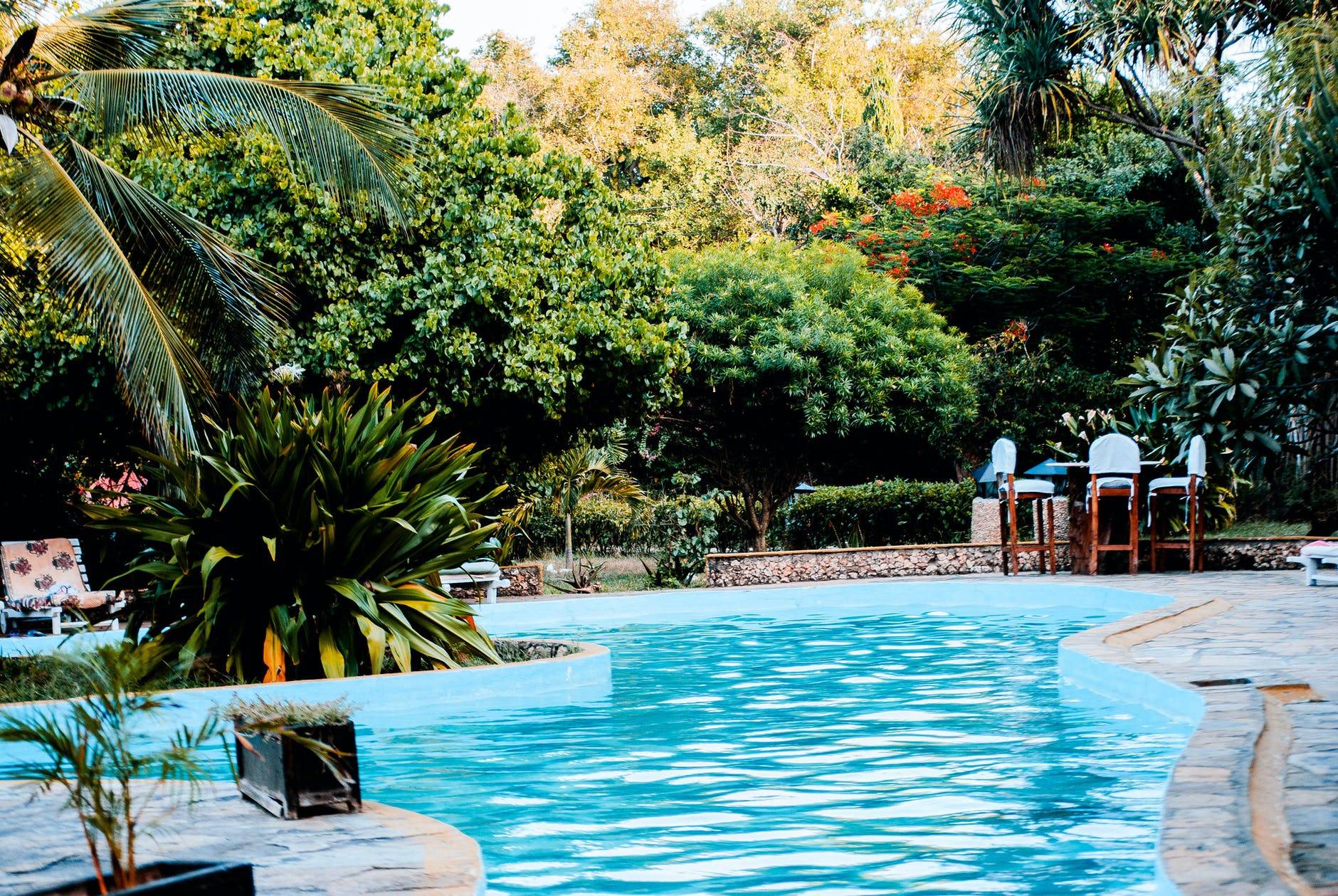- May 28, 2022
- 12
- Pool Size
- 13500
- Surface
- Plaster
- Chlorine
- Salt Water Generator
- SWG Type
- Hayward Turbo Cell (T-CELL-5)
At the stage where my salt water plaster pool has cured for 30 days. Per PB been adding a chorine puck every couple days. Pool testing has pretty much been up to us. Not a complete set but our latest results today using the Taylor K-2005 kit are:
FC - 2
PH - 8 or higher
CYA - 110
Wondering what chemical readings I need before adding the salt and turning on SWG for the first time. Is the CYA ok for a salt water pool or do we need to drain some water and refill?
I would add, the 100+ temperatures currently here in Texas are having an impact.
Thank you!
FC - 2
PH - 8 or higher
CYA - 110
Wondering what chemical readings I need before adding the salt and turning on SWG for the first time. Is the CYA ok for a salt water pool or do we need to drain some water and refill?
I would add, the 100+ temperatures currently here in Texas are having an impact.
Thank you!


